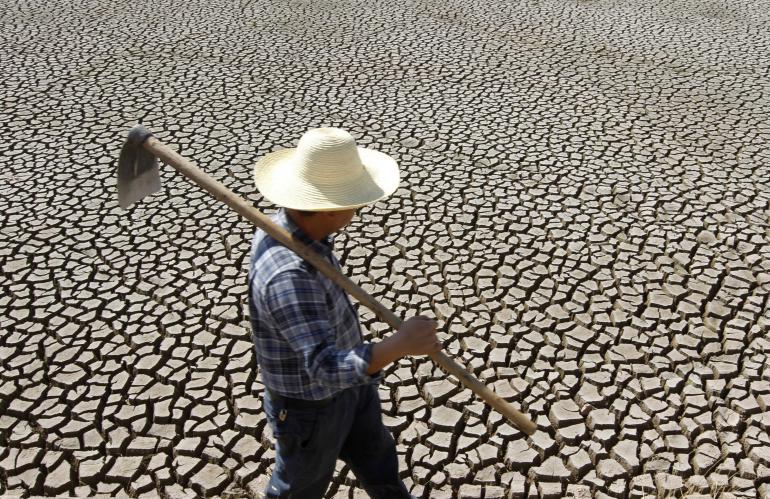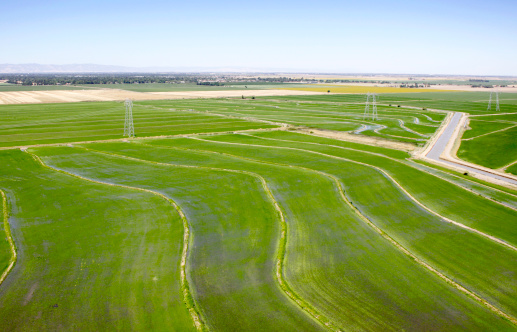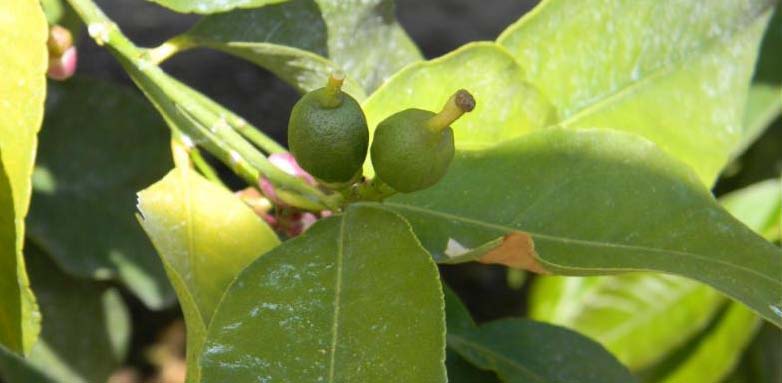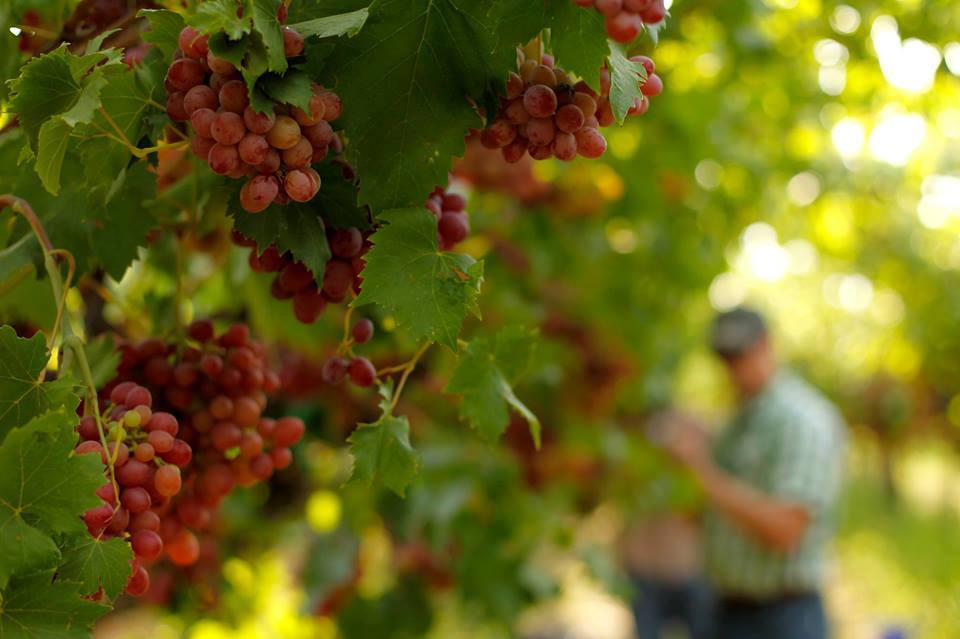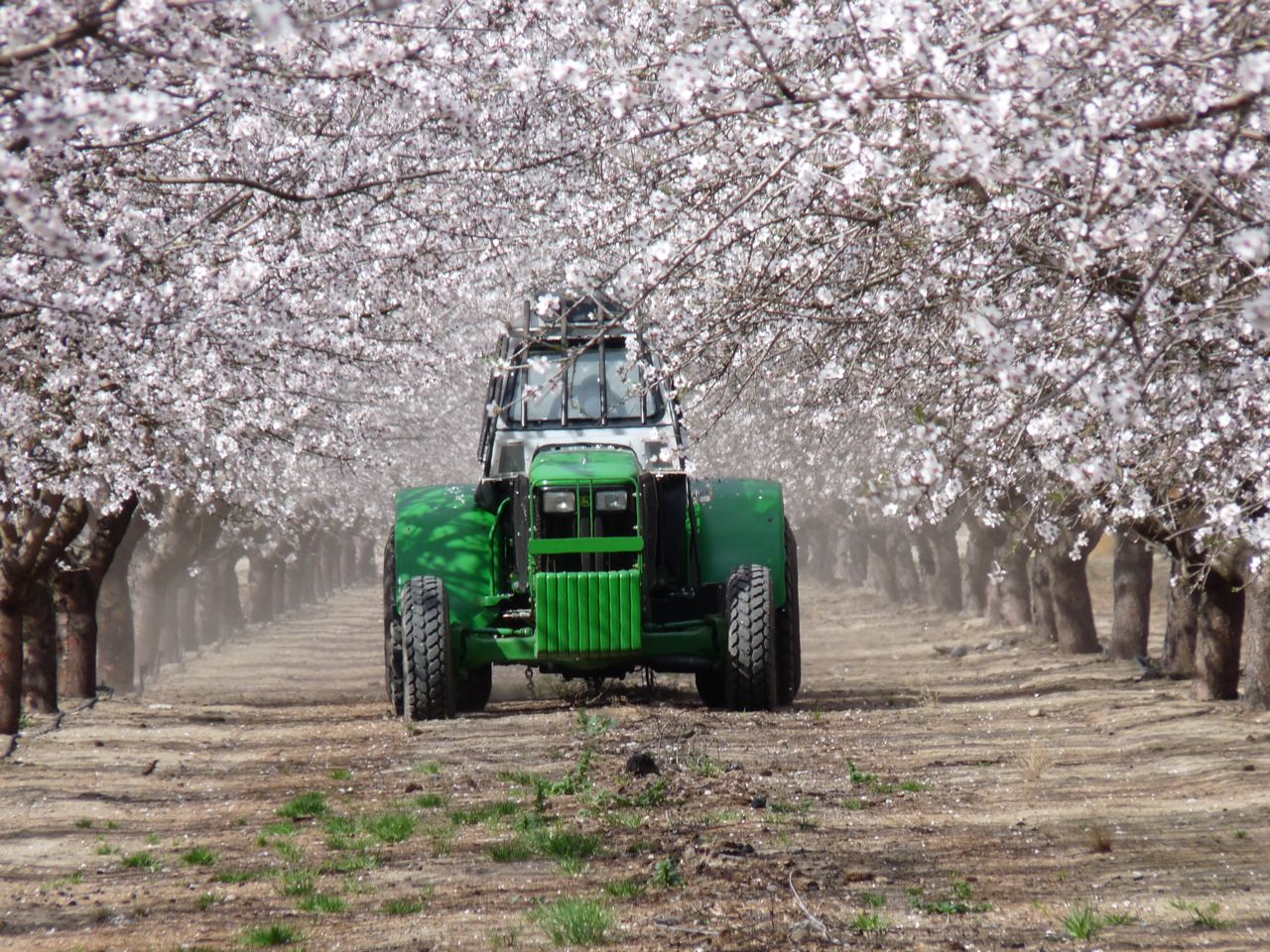Gov. Brown Issues Executive Order to Redouble State Drought Actions
Governor Brown Doubles Down on Drought
With California’s driest months ahead, Governor Edmund G. Brown Jr. today issued an executive order to strengthen the state’s ability to manage water and habitat effectively in drought conditions and called on all Californians to redouble their efforts to conserve water.
“The driest months are still to come in California and extreme drought conditions will get worse,” said Governor Brown. “This order cuts red tape to help get water to farmers more quickly, ensure communities have safe drinking water, protect vulnerable species and prepare for an extreme fire season. I call on every city, every community, every Californian to conserve water in every way possible.”
In January, the Governor declared a drought state of emergency. Since then, state water officials say that reservoirs, rainfall totals and the snowpack remain critically low. Current electronic readings show the snowpack’s statewide water content at just 16 percent of average.
In the order, Governor Brown directs the Department of Water Resources and the State Water Resources Control Board to expedite approvals of voluntary water transfers to assist farmers. He also directs the California Department of Fish and Wildlife to accelerate monitoring of drought impacts on winter-run Chinook salmon in the Sacramento River and its tributaries, and to execute habitat restoration projects that will help fish weather the on-going drought.
To respond to the increased threat of wildfire season, the order streamlines contracting rules for the Governor’s Office of Emergency Services and CALFIRE for equipment purchases and enables landowners to quickly clear brush and dead, dying or diseased trees that increase fire danger.
The order also calls on Californians and California businesses to take specific actions to avoid wasting water, including limiting lawn watering and car washing; recommends that schools, parks and golf courses limit the use of potable water for irrigation; and asks that hotels and restaurants give customers options to conserve water by only serving water upon request and other measures. The order also prevents homeowner associations from fining residents that limit their lawn watering and take other conservation measures.
The order provides a limited waiver of the California Environmental Quality Act for several actions that will limit harm from the drought. This waiver will enable these urgently needed actions to take place quickly and will remain in place through the end of 2014.


